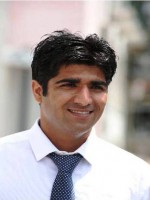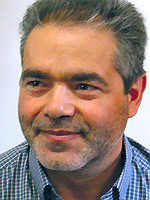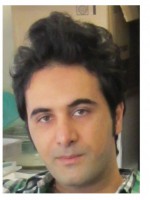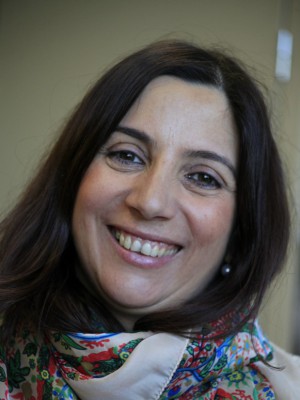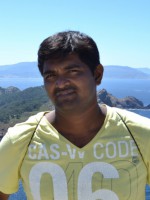abstract
We report on the successful aqueous processing of a lead free piezoelectric 0.5Ba(Zr0.2Ti0.8)O-3-0.5( Ba0.7Ca0.3)TiO3 (BZT-BCT) composition with the final functional properties of the materials unaffected by the various processing steps involved. X-ray diffraction results show a single tetragonal perovskite crystalline phase for the as-received sintered BZT-BCT powder. The purity of the perovskite phase for BZT-BCT powder was found to be controlled even after ageing the material in water for 24 h as a successful surface treatment against hydrolysis. An aqueous suspension of surface treated BZT-BCT powder with 50 vol% solid loading was successfully transformed into micro-sized granules via a freeze granulation (FG) method. Various structural, electrical and mechanical properties of sintered BZT-BCT-FG and BZT-BCT-NG ceramics consolidated from freeze granulated and non-granulated (NG) powders, respectively, were measured. The dielectric constant (epsilon(r)) values of the BZT-BCT-FG sample were found to be higher, with lower dielectric loss (tan delta) values in comparison with those of a sample prepared from the BZT-BCT-NG powder at all temperatures and with all frequency ranges tested. Nanoindentation results revealed that the ability to oppose deformation was nearly 10-fold higher for BZT-BCT-FG (6.93 GPa) than for BZT-BCT-NG ceramics (543 MPa). The functional properties of BZT-BCT- FG samples confirmed the benefits of the aqueous processing approach in comparison with traditional dry pressing.
keywords
BARIUM-TITANATE; GRAIN-SIZE; TEMPERATURE; CERAMICS; BEHAVIOR; INDENTATION; STABILITY; HARDNESS
subject category
Chemistry
authors
Kaushal, A; Olhero, SM; Singh, B; Zamiri, R; Saravanan, V; Ferreira, JMF
our authors
Projects
Development of microelectromechanical systems by gelcasting - GELMEMS (PTDC/CTM/099489/2008)
acknowledgements
The Authors, Ajay Kaushal, S. M. Olhero, Budhendra Singh, Reza Zamiri and V. Saravanan would like to thank the Foundation for Science and Technology of Portugal (FCT) for the financial support under the grant references SFRH/BPD/77598/2011, SFRH/BPD/87486/2012, SFRH/BPD/76184/2011, SFRH/ BPD/76185/2011 and SFRH/BPD/80742/2011, respectively. The authors would also like to thank CICECO for the work at the University of Aveiro and FCT for the financial support under the project PTDC/CTM/099489/2008.


